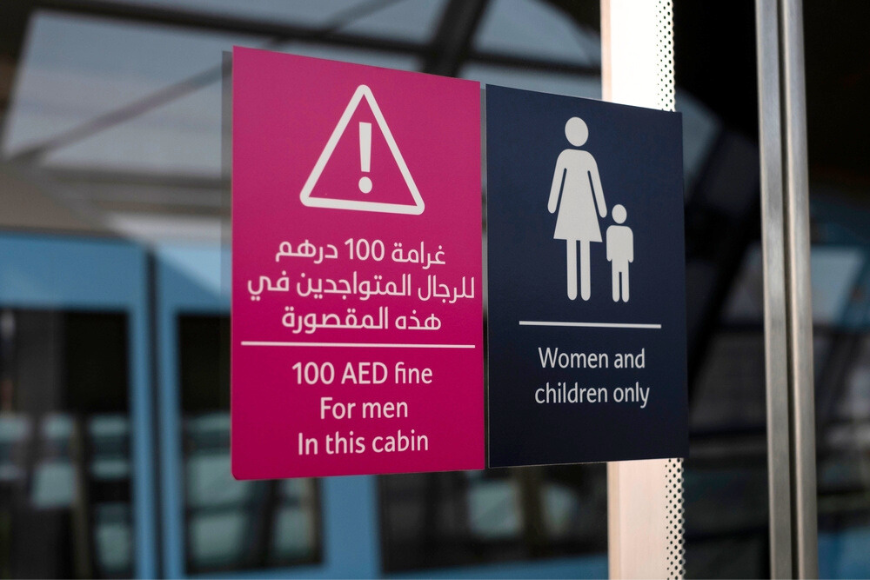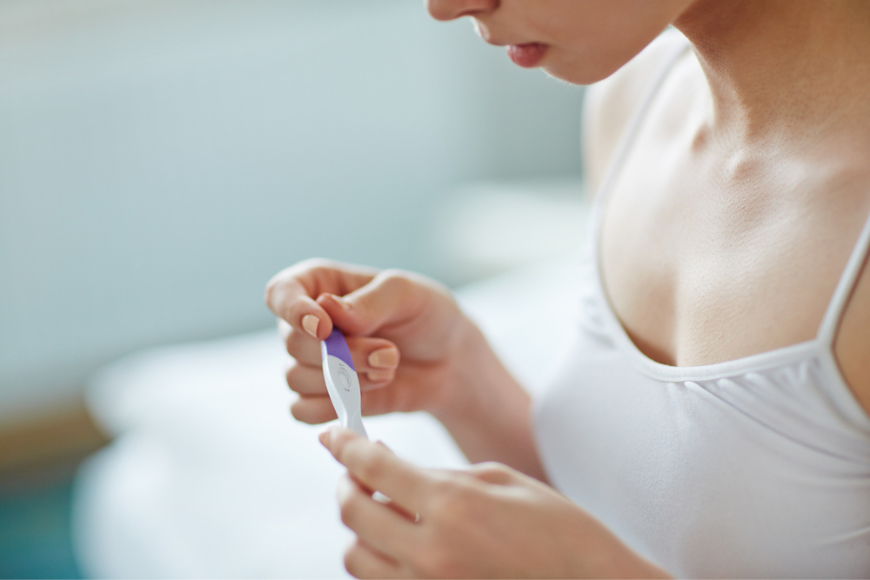In this guide, we cover the different types of effective skin cancer treatments available in Dubai
21 March 2024
| Last updated on 26 March 2024
Talk with your doctor if you think you may be at risk of skin cancer.
As residents living in the beautiful and sunny emirates, we're fortunate to have mostly bright weather year-round. However, it's not without its downsides.
Without the right preventative measures or treatments, anyone can be at risk of skin cancer in the UAE.
Popular Dubai-based dermatology, cosmetic surgery, and aesthetic medicine clinic, Dr. Kamil Al Rustom Skin and Laser Centre, shares some common risks of skin cancer along with what are the types of skin cancer treatments available in Dubai.
What are the risk factors of skin cancer?
Anything that increases a person’s chance of getting a disease is called a risk factor. According to Dr. Kamil Al Rustom, the most common risk factors for skin cancer include:
- Exposure to natural or artificial sunlight (i.e tanning bed over long periods).
- Lighter skin tones that freckles and burns quickly, does not tan, or tans poorly.
- Blue, green, or other light-coloured eyes.
- Red or blonde hair.
- A history of sunburns.
- A personal or family history of basal cell carcinoma, squamous cell carcinoma of the skin, actinic keratosis, familial dysplastic nevus syndrome, or unusual moles.
- Specific changes in the genes or hereditary syndromes, such as basal cell nevus syndrome.
- If you get skin inflammation that lasts for long periods.
- A weakened immune system.
- Being exposed to arsenic.
- Past treatments with radiation.
Not every person with one or more of the above risk factors will develop skin cancer. It can also grow in people who don't have any known risk factors.

How to test for skin cancer?
Tests or procedures that examine the skin are used to diagnose basal cell carcinoma, squamous cell carcinoma and melanomas of the skin.
In addition to asking about your personal family health history and doing a physical exam, your doctor may perform the following tests and procedures:
Skin exam
A skin exam involves a doctor checking your skin for bumps or spots that look abnormal in color, size, shape, or texture.
Skin punch biopsy
A skin punch biopsy is when a hollow, circular scalpel is used to cut into a lesion on the skin.
The instrument is turned clockwise and counterclockwise to cut a few millimeters (mm) to the layer of fatty tissue below the dermis. A small sample of tissue is removed to be checked under a microscope. Skin thickness varies on different parts of the body.
There also other ways to check for skin cancer, such as a CT scan, chest x-ray, ultrasound exam, or a lymph node biopsy.

Types of skin cancer treatments available in Dubai:
The following types of treatments are used to target skin cancer for patients in Dubai.
Surgical procedures
Surgery is one of the most commonly procedures used to treat skin cancer.
Radiation therapy
Radiation therapy is a cancer treatment that uses high-energy X-rays or other types of radiation to kill cancer cells.
Chemotherapy
Chemotherapy drugs are a cancer treatment that uses drugs to stop the growth of cancer cells, either by killing the cells or by stopping them from dividing.
Cryosurgery
Cryosurgery is a treatment that uses extreme cold produced by liquid nitrogen or argon gas to destroy cancer cells and abnormal tissue. It is a local treatment, which means that it is directed towards a specific part of your body.
Cryosurgery is used to treat tumors on the skin, as well as certain tumors inside the body. Cryosurgery may also be called 'cryotherapy' or 'cryoablation'.

Immunotherapy for skin cancer
Immunotherapy is a treatment that uses the patient's immune system to fight cancer. Substances made by the body or in a laboratory boost, direct, or restore the body's natural defenses against cancer.
Targeted therapy
"Targeted therapy is a type of treatment that uses drugs or other substances to identify and attack specific cancer cells," explained Dr Al Rustom.
Photodynamic therapy (PDT)
Photodynamic therapy (PDT) is a cancer treatment that uses a drug and a specific type of light to kill cancer cells.
Photodynamic therapy is a two-step process depending on where the tumor is in the body:
- First, you will receive a photosensitizer. The drug may be taken by mouth, spread on the skin, or given through an IV. After 24 to 72 hours, most of the drug will have left normal cells but remain in cancer or precancer cells.
- Your tumor will then be exposed to the light source. Most often, you will have photodynamic therapy as an outpatient, which means you can go home after treatment.

Laser therapy for skin cancer
Laser therapy uses an intense, narrow beam of light to remove or destroy cancer and abnormal cells that can turn into a cancer.

Other drug therapies
Other drug therapies for skin cancer (drugs related to vitamin A) are sometimes used to treat squamous cell carcinoma of the skin. Diclofenac and Ingenol are topical drugs are used to treat actinic keratosis.
Follow-up tests for skin cancer
Some tests that were done to diagnose skin cancer may be repeated in order to see how well the treatment is working. Decisions about whether to continue, change, or stop treatment may be based on the results of these tests.
Some of the tests will continue to be done from time to time after treatment has ended. The results of these tests can show if your condition has changed or if the cancer has recurred (come back). These tests are called follow-up tests or check-ups.
You might also be interested in...
- Skin Cancer in the UAE: Types, Risk Factors, and Prevention
- How to Reduce Your Risk of Skin Cancer in the UAE
- How to Choose the Right Sunscreen For Your Skin
- Mole (Nevus), Dysplastic Nevus and Melanoma, Explained by a Skin Expert
- Learn More About Laser Tightening Treatment for Intimate Areas in Dubai
- How to Safely Remove Skin Tags in Dubai, According to Dermatologists







.png?itok=9iSFSUVe)



















































































![We Tried [u]bk's Lively Garden Brunch at Mövenpick JLT Dubai We Tried [u]bk's Lively Garden Brunch at Mövenpick JLT Dubai](https://cdnexpatwomanfood.expatwoman.com/s3fs-public/urban%20bar%20and%20kitchen%20brunch%20main.png)


















.png?itok=EH_x0Pha)














.png?itok=uG7a7Se_)






